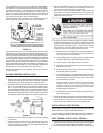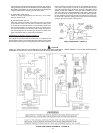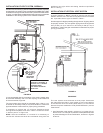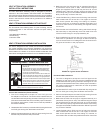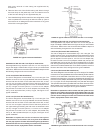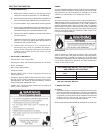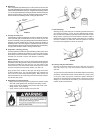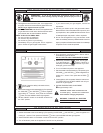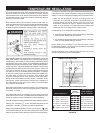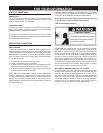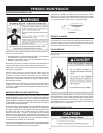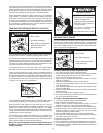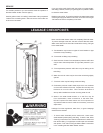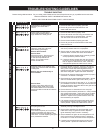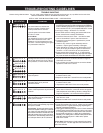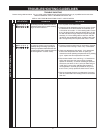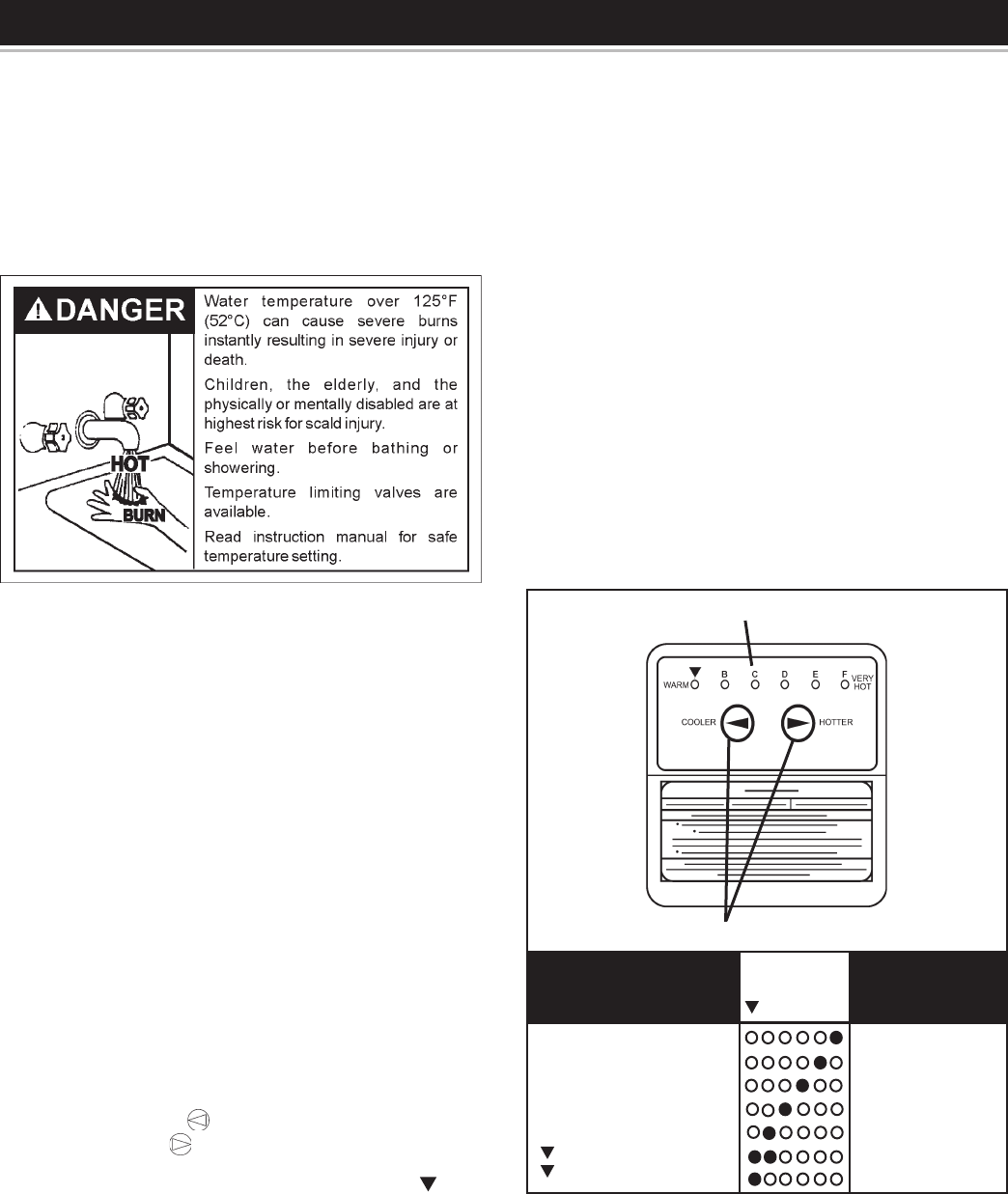
30
It is recommended that lower water temperatures be used to avoid
the risk of scalding. It is further recommended, in all cases, that the
watertemperaturebesetforthelowesttemperaturewhichsatises
yourhotwaterneeds.Thiswillalsoprovidethemostenergyefcient
operation of the water heater.
Short repeated heating cycles caused by small hot water uses can
cause temperatures at the point of use to exceed the thermostat setting
byupto20°F(11°C).Ifyouexperiencethistypeofuseyoushould
consider using lower temperature settings to reduce scald hazards.
HOT WATER CAN SCALD: Water heaters are intended to produce hot
water. Water heated to a temperature which will satisfy space heating,
clothes washing, dish washing, and other sanitizing needs can scald and
permanently injure you upon contact. Some people are more likely to be
permanently injured by hot water than others. These include the elderly,
children,theinrm,orphysically/mentallyhandicapped.Ifanyoneusing
hotwaterfromthisheatertsintooneofthesegroupsorifthereisa
local code or state law requiring a certain temperature water at the
hot water tap, then you must take special precautions. In addition
tousingthelowestpossibletemperaturesettingthatsatisesyour
hot water needs, a means such as a mixing valve, shall be used
at the hot water taps used by these people or at the water heater.
Mixing valves are available at plumbing supply or hardware stores,
seeFigure2.Followmanufacturer’sinstructionsforinstallationof
the valves. Before changing the factory setting on the thermostat,
in this manual, see Figure 26.
Never allow small children to use a hot water tap, or to draw their own
bath water. Never leave a child or handicapped person unattended
in a bathtub or shower.
The water heater should be located in an area where the general
public does not have access. If a suitable area is not available, a cover
should be installed over the thermostat to prevent tampering.
The water temperature setting was factory set at the lowest temperature;
Pressingthe“COOLER”
button decreases temperature and
pressingthe“HOTTER”
button increases the temperature.
Settingwaterheatertemperatureat120°F(49°C)(Approx.“
”mark
ontemperaturesettingofgasvalve)willreducerisksofscalds.Some
statesorlocalcodesrequiresettingsatspeciclowertemperatures.
TEMPERATURE REGULATION
To avoid any unintentional changes in water temperature settings, the
control has a tamper resistant feature for changing the temperature
setting. To change the temperature setting follow these instructions:
1.“WakeUp”thetemperatureindicatorsbyholdingdownboth
“COOLER”and“HOTTER”temperatureadjustmentbuttonsat
the same time for one second, see Figure 26. One or two of the
temperature indicators will light up. These indicators will only
remain on for 30 seconds if no further buttons are pressed. After
30secondsthecontrolwillgobackto“Sleep”mode.
2. Release both of the temperature adjustment buttons.
a.Todecreasethetemperaturepressandreleasethe“COOLER”
button until the desired setting is reached.
b.Toincreasethetemperaturepressandreleasethe“HOTTER”
button until the desired setting is reached.
NOTE: Holding down the button will not continue to lower or raise
the temperature setting. The button must be pressed and released
for each temperature change desired.
Should overheating occur or the gas supply fail to shut off, turn off
the manual gas control valve to the appliance.
F=approx.180°F(82°C) NearlyInstantaneous
E=approx.170°F(77°C) NearlyInstantaneous
D=approx.160°F(71°C) About1/2Second
C=approx.150°F(65°C) About11/2Seconds
B=approx.140°F(60°C) Lessthan5Seconds
B=approx.130°F(54°C) Morethan30Seconds
=approx.120°F(49°C) Morethan5Minutes
Time to Produce
2nd & 3rd Degree
Water Temperature
Burns on Adult Skin
Display
B C D E F
TEMPERATURE INDICATORS
TEMPERATURE ADJUSTMENT BUTTONS
FIGURE 26.



